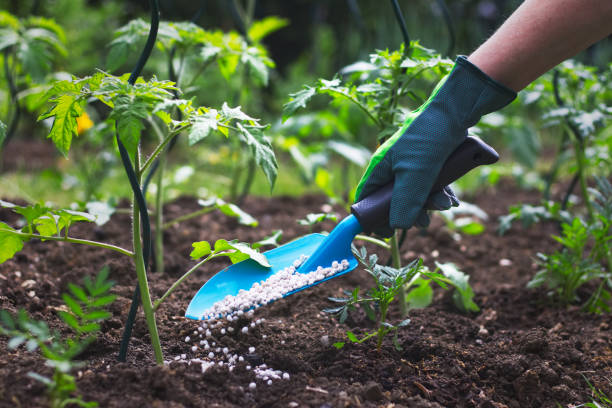Liquid indoor plant fertilizer
You can keep your indoor plants happy and healthy with DIY fertilizers such as vermicomposting and homemade soil. They also reduce household waste and save money.
This article will explain indoor fertilizers and show you how to make your fertilizer.
Why should you make your fertilizer for plants?
Making your fertilizer has many advantages. First, homemade fertilizers are extremely affordable. Using food scraps or garden waste, you can make high-quality fertilizers for indoor gardens.
Homemade fertilizers can be a great way to reduce household waste. You don’t have to throw away nutrients-rich components. With a little knowledge, you can make great fertilizers packed with essential trace elements and minerals.
DIY fertilizers have another great advantage: they will contain a wide variety of microbes due to their high organic matter content. DIY fertilizers can be made with beneficial bacteria and mycorrhizal fungal fungi. This organic matter creates conditions for mutualistic microbes to thrive. Your homemade fertilizer will be applied to your soil, and they will continue to live in the soil as a thank-you. This will benefit your indoor plants’ health. This potent fertilizer can be used to rescue yellowing plants and improve their overall health. The results will be a delight!
What do you need to make DIY fertilizer for indoor plants?
You can make homemade fertilizers out of garden waste, vegetable scraps, or fruit peels. Below, I will briefly outline the various techniques and equipment that you will need. You can then choose your favourite.
You have many options:
Compost bin
A compost bin is a great way to quickly start your own compost pile. You can reduce methane production by using compost. It is also great at making humus, which is a great addition for potting soil.
bokashi bin
Bokashi, a Japanese term meaning “fermented organic material”, is commonly referred to by the name “bokashi bin”. Bokashi bins, which are composting bins made of anaerobic bacteria that breaks down organic waste, are called Bokashi bins.
It takes only a few weeks before the bokashi starts producing bokashi juice. This homemade liquid fertilizer can then be used to grow indoor plants. You can either add the organic matter to a compost pile, or throw it away.
Worm farm
A worm farm is a system that uses compost to grow earthworms for vermicomposting. This organic fertilizer is rich in nutrients. This system allows worms to eat organic waste that has been broken down by bacteria. The resulting compost is nutrient rich and low in odour.
Worms can also make worm juice. You can use worm juice as a liquid fertilizer, just like bokashi.

